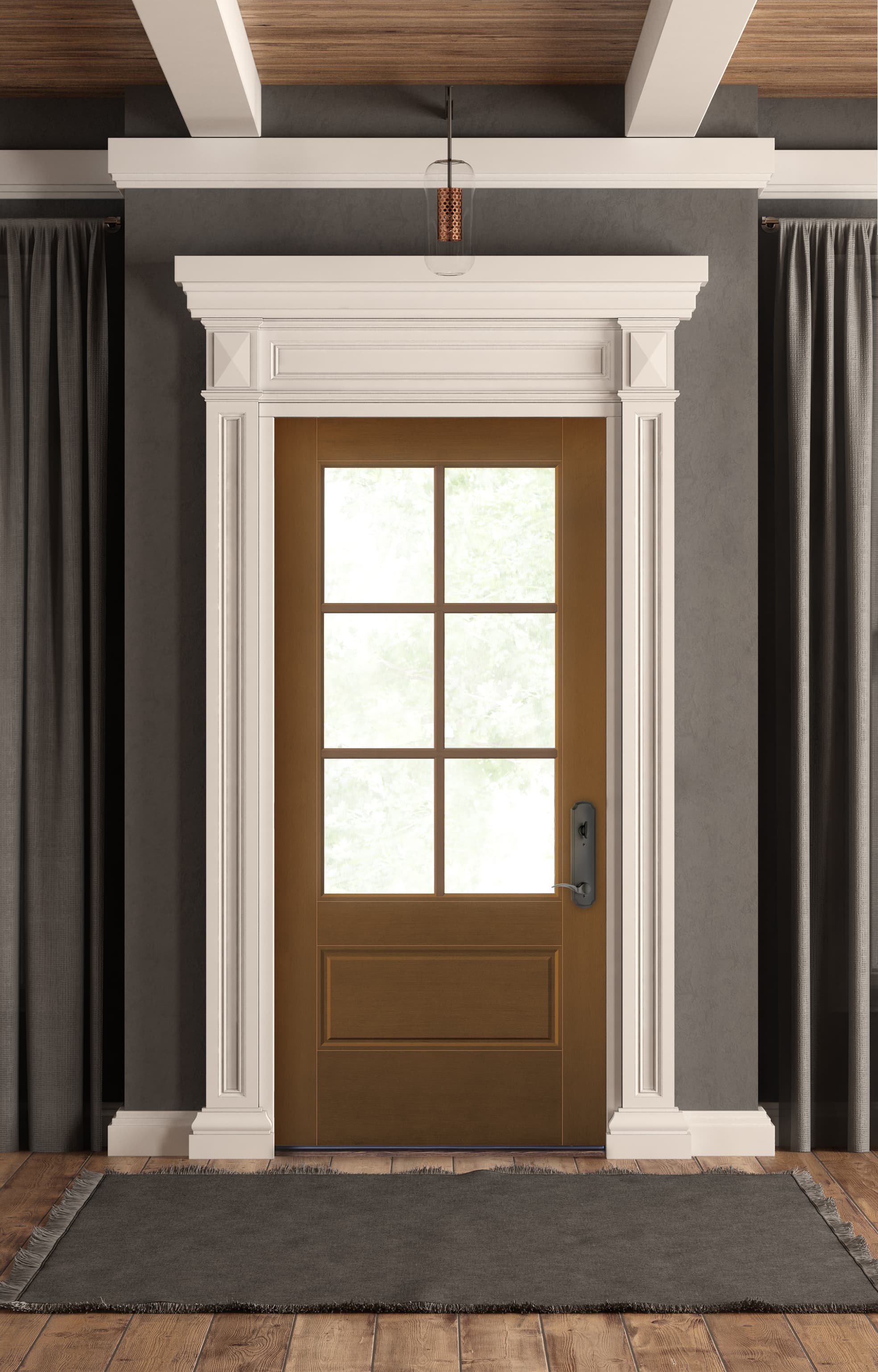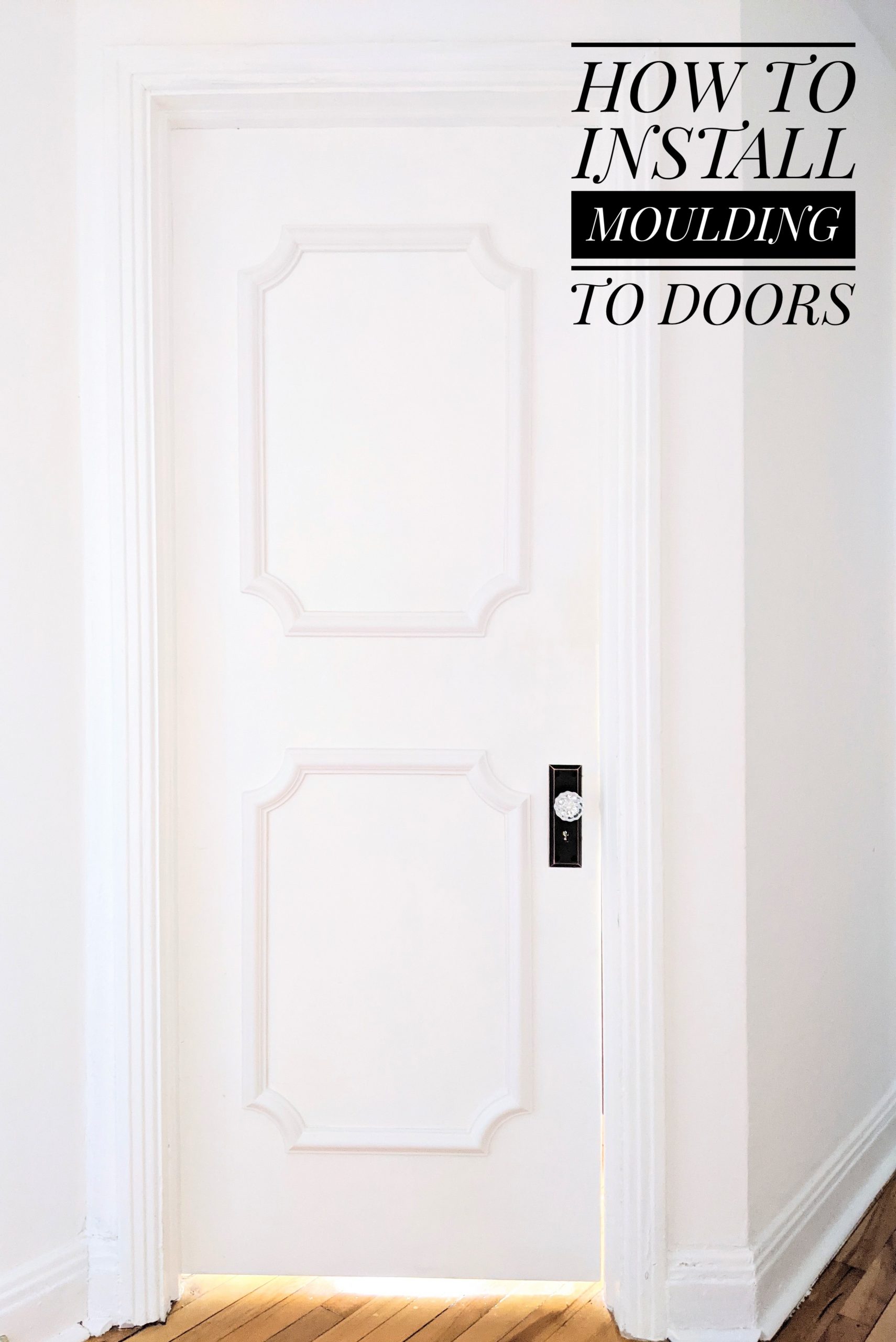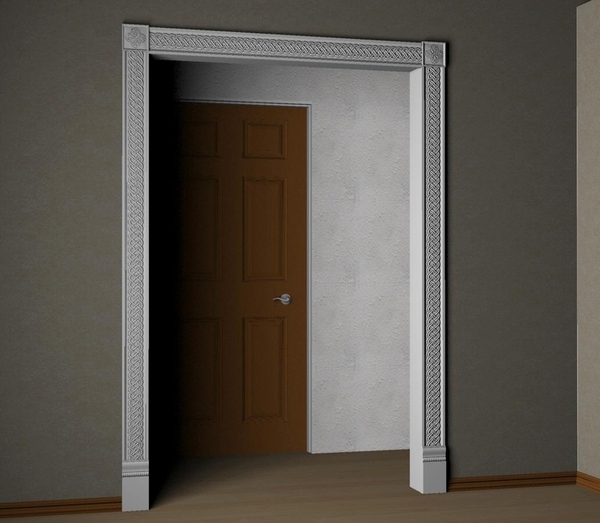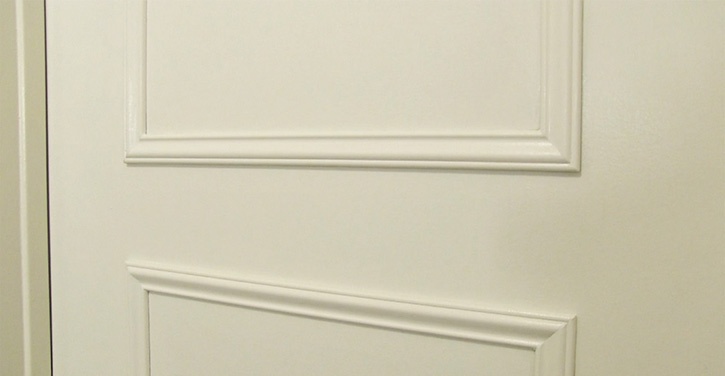Introduction
Decorative trim for doors adds an elegant touch to your home while also enhancing its overall aesthetic. As someone who enjoys home improvement projects, I can attest to how the right trim can elevate the look and feel of any room. In this comprehensive guide, we will explore different types of decorative trim, their benefits, installation tips, and much more.
What is Decorative Trim?
Decorative trim refers to the finishing touches applied to doors, windows, and other architectural features within a home. This trim can include moldings, casings, and other embellishments, and serves both functional and aesthetic purposes.
The Benefits of Decorative Trim for Doors
- Aesthetic Appeal: Enhances the visual interest of your space.
- Value Addition: Increases the market value of your home.
- Durability: Protects door edges from wear and tear.
- Customization: Allows for personal expression through different styles and materials.
- Conceals Imperfections: Hides gaps and imperfections between the door frame and wall.
Types of Decorative Trim for Doors
Crown Molding
Crown molding is a classic choice that adds a touch of sophistication. It is typically placed at the junction of walls and ceilings.
Door Casings
Door casings frame the door and can vary from simple to elaborate designs. They come in various profiles, allowing for a custom look.
Chair Rails
These horizontal trims are usually placed halfway up the wall and can be used to visually separate wall treatments.

Baseboards
Baseboards are essential for finishing the transition between the wall and floor, adding a polished look to your doors.
Wainscoting
A decorative paneling that adds texture and interest to walls, it often complements the door trim for a cohesive look.

Materials Used for Decorative Trim
Wood
Wood trim provides a natural, warm look, but may require maintenance. Popular choices include oak, pine, and cherry.
Polyurethane
This lightweight and durable material is easy to install and resistant to moisture, making it ideal for any room.

MDF (Medium Density Fiberboard)
MDF is an affordable alternative to wood that can be painted or stained to match your design preferences.
Composite Materials
Combining different materials, composites are durable and versatile, offering a range of styles and finishes.

Choosing the Right Trim Style for Your Home
Traditional vs. Modern
Your home’s style will influence your trim choices. Traditional designs often feature intricate details, while modern styles embrace clean lines.
Matching Trim with Door Styles
Consider the door style. For example, a solid wood door pairs well with substantial trim, while a sleek, minimalist door might benefit from a simpler casing.

Color Coordination
Opt for colors that complement your existing décor. White is a classic choice, but bold colors can make a statement.
Installation of Decorative Trim
Tools Required
- Miter saw
- Nail gun
- Measuring tape
- Level
- Caulk and caulk gun

Step-by-Step Installation Guide
- Measure the door frame accurately.
- Cut the trim pieces at 45-degree angles for corners.
- Attach the trim using a nail gun and ensure it’s level.
- Fill in gaps with caulk and sand any rough edges.
- Finish with paint or stain, as desired.
Comparison of Different Trim Styles
| Trim Style | Aesthetic | Material Options | Cost | Ease of Installation |
|---|---|---|---|---|
| Crown Molding | Elegant | Wood, MDF, Polyurethane | $$$ | Moderate |
| Door Casings | Classic or modern | Wood, MDF | $$ | Easy to Moderate |
| Chair Rails | Casual | Wood, MDF | $$ | Easy |
| Baseboards | Traditional | Wood, MDF | $ | Easy |
| Wainscoting | Textured | Wood, MDF | $$$ | Moderate |
Pros and Cons of Decorative Trim
Pros
- Adds character and style.
- Increases property value.
- Can hide flaws in walls and doors.
- Offers variety in design choices.

Cons
- Can be costly depending on material choice.
- Installation requires precision and effort.
- May need maintenance over time (especially natural wood).
Personal Experience: My Decorative Trim Journey
When I first decided to add decorative trim to my doors, I was overwhelmed by the choices. After some research and a few trips to the hardware store, I opted for classic casing in a warm oak finish to complement my rustic decor. The installation was a bit challenging, but with patience and a little help from a friend, I managed to create a beautiful finish that truly transformed my space.
FAQs about Decorative Trim for Doors
What is the best material for decorative door trim?
It largely depends on your budget, preferences, and location. Wood offers beauty but requires upkeep, while MDF and polyurethane are more affordable and low-maintenance.
How much does it cost to install decorative trim?
The cost varies based on material, style, and labor. On average, you can expect to spend between $2 to $6 per linear foot, plus installation costs.
Can I install decorative trim myself?
Yes! With the right tools and a bit of DIY knowledge, you can install trim yourself. Many find it rewarding to tackle this project on their own.
How do I maintain decorative trim?
Regular dusting and occasional repainting can keep your trim looking fresh. For wooden trim, consider refinishing every few years.